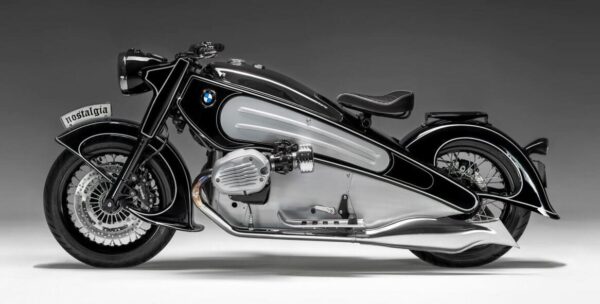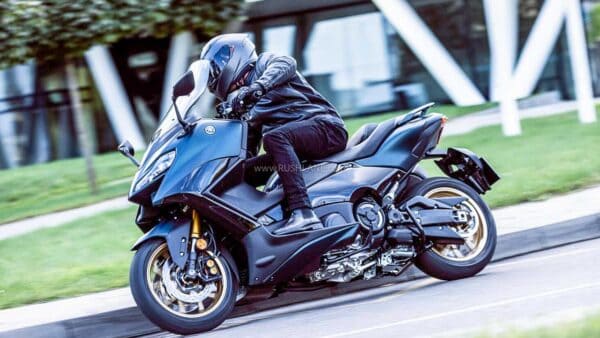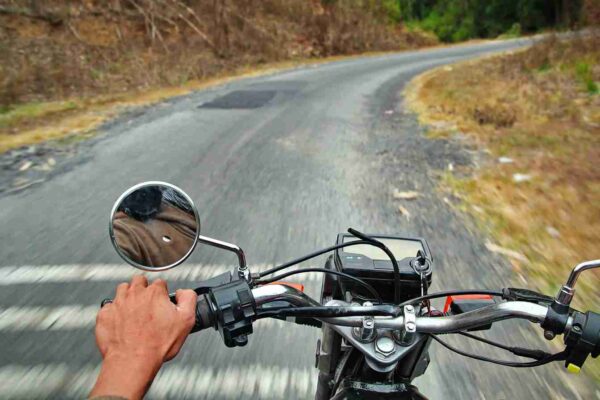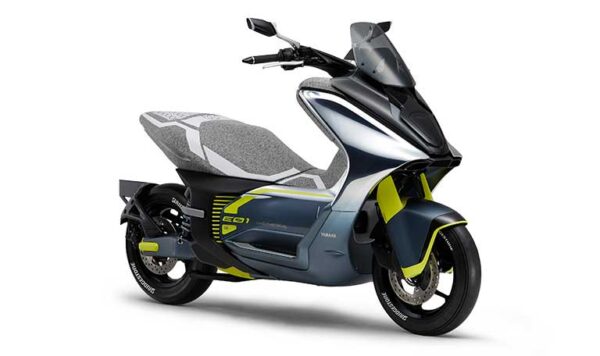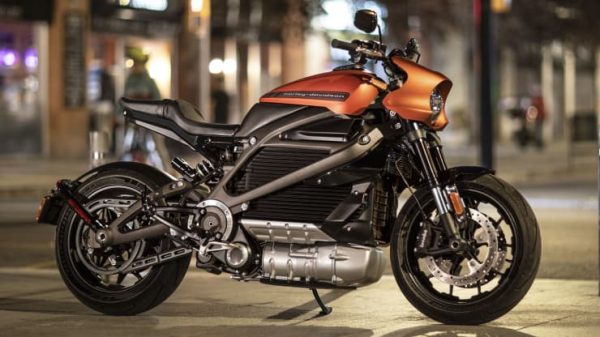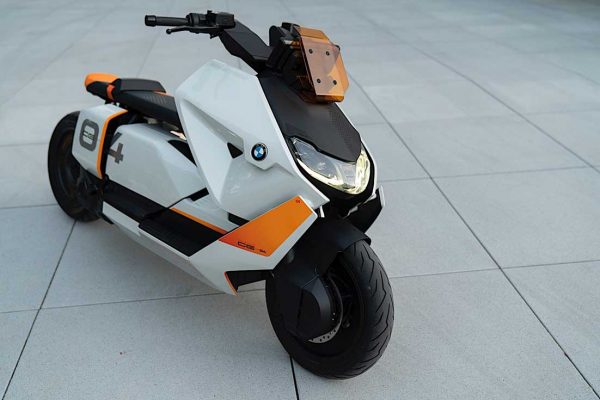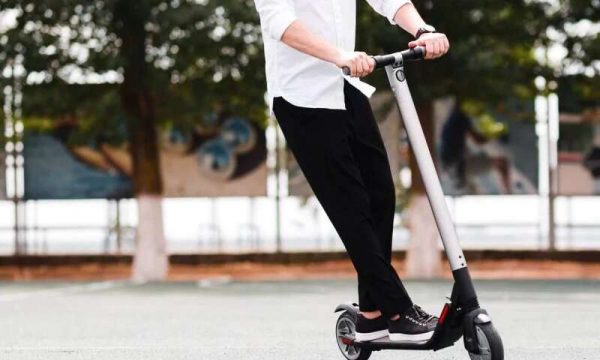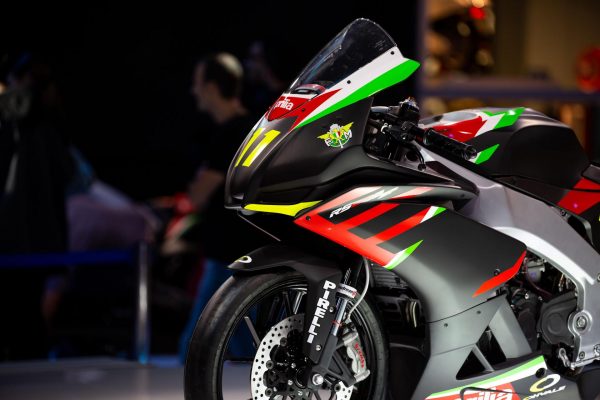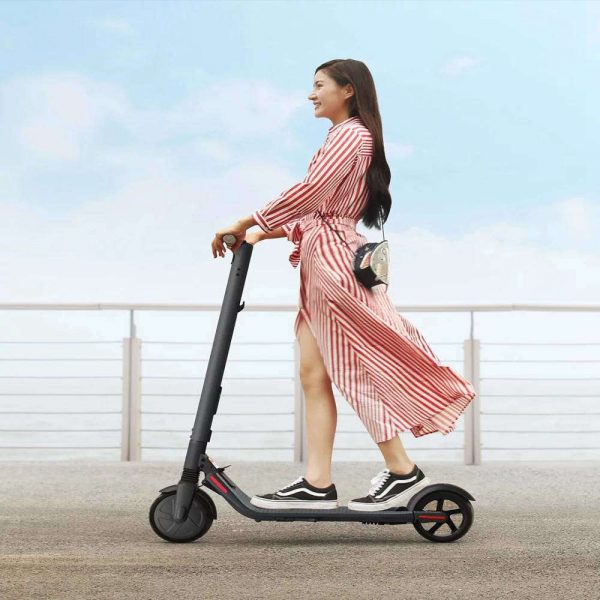Golden Age Kit from reputed Florida based NMoto custom Co
from https://www.autoevolution.com by Cristina Mircea Golden Age Streamliner Concept Turns Your BMW C 400 X Scooter Into an Art Deco Masterpiece Massively spread all across the globe, the pre-war Art Deco style is all about glamour and luxury. It left its mark on everything from buildings to jewelry, fashion, and of course the automotive industry. Aiming to recapture those exuberant times when style and craftsmanship were the norm, Nmoto welcomes motorists back into the Golden Age, with one of the coolest motorcycle concepts we’ve seen. Born in France before World War I, the Art Deco international style impressed through its richness and exuberance, using expensive and rare materials. But it was also about modernism, trying to express the technological progress of those times. Nmoto is a custom motorcycle manufacturer based in Florida and its creations make constant appearances at prestigious museums, festivals, and events such as the Concorso d’Eleganza Villa d’Este, and the likes. There are currently eight models in its lineup, and the Golden Age is one of them. Announced last year, the Golden Age motorcycle concept is a true masterpiece characterized by a vintage look and modern features. It is the newest design released by Nmoto, aiming to take you back to a time when transportation was about speed but also about skill and style. Described as a modern incarnation of the 1936 Henderson Courtney Prototype, the bike is based on BMW’s C 400 X scooter. For those who are not familiar with the aforementioned prototype, it was a custom motorcycle built in 1936, at the peak of the Art Deco movement, by O. Ray Courtney. The guy specialized in building custom bikes and this particular one was inspired by the 1930 KJ Henderson and was his most popular build. Also as a side note, Henderson was a […]
Golden Age Kit from reputed Florida based NMoto custom Co Read More »

